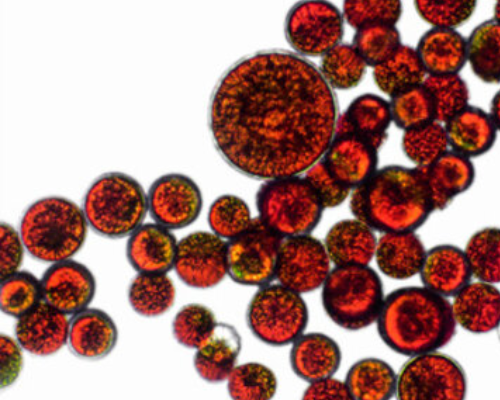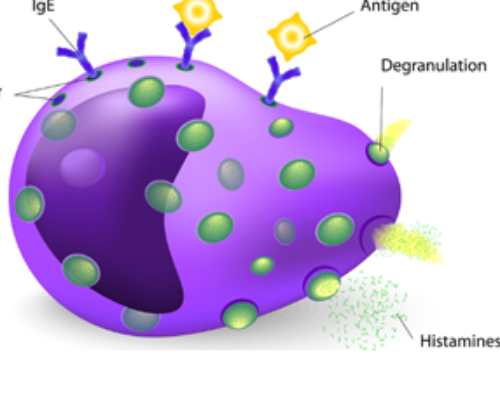This post is Day 20 of solo backpacking the SHT with MCAS continuing my journey on the Superior Hiking Trail with a chronic condition called Mast Cell Activation Syndrome (MCAS).
Table of Contents
Leskinen Creek
When I awoke the air was still and the humidity was high. I ate my breakfast, packed up, and said goodbye to Sonju Lake. Today’s section was seven miles of relatively flat terrain past Egge Lake with a short road walk on Highway 7.
The day was hot, and the lack of breeze made it hard for me to stay cool. I stopped frequently to avoid getting overheated, but it was a struggle. For what ended up being over eight miles, I drank two liters of electrolyte water, moved at a slow pace, and took frequent breaks.
On the last mile before Leskinin Creek campsite, I checked my GPS and was very confused to see that I appeared to be off the trail despite seeing SHT trail markers regularly. It turned out that I was on a beautiful easy-to-hike new section of SHT that was not reflected on the 2024 paper maps I purchased nor the Gaia GPS app I use on my phone for navigation. After an unsettling half an hour of wondering where this was going to take me, I was relieved to see that the new trail converged with the old one at Leskinen Creek where I intended to camp.
Today again I saw loads of other hikers on the trail. Unfortunately, I also saw a lot more trash than ever before, including an alarming amount of dirty toilet paper left in the pristine woods, discarded pieces of broken gear, and evidence of a stampede of bootprints in the mud. It appeared that the many hikers enjoying time on the SHT didn’t know about the Leave No Trace principle. Also, trail etiquette dictates that uphill hikers have the right of way, but quite a few times I met other hikers while I was trudging uphill, only to have them push past me without ceding the trail.
I arrived at camp to find the retired hammock-camping Spanish teacher already set up. Shortly after I got my tent set up another hammock-camper arrived and the two of them immediately hit it off. I was content to read in my tent until bedtime. Just as I was falling asleep around midnight a few more very noisy people showed up and set up their tents in the dark with their headlamps on.
I am a student of A Course In Miracle, so in my life, I try hard to practice forgiveness every day, suspend judgment, offer to be a witness of love whenever possible, and see what I am unhappy about around me as a projection of my own unhealed mind. Today was one of those days that I repeatedly had to ask my inner teacher for help to see things differently. I was dismayed about the mess that was being made on the trail. I felt crowded by the many people out hiking. And when I was tired, hot, and hungry, it was easy to blame others for my discomfort.
But everyone has a right to enjoy nature. I have been extremely privileged to experience 100 miles of the SHT virtually alone, and I couldn’t begrudge others for wanting to experience it too. I fell asleep offering my crabbiness up to the Spirit for transformation to peace and prayed for a breeze tomorrow.





What is MCAS?
Mast Cell Activation Syndrome (MCAS) is a chronic condition that affects all organ systems. It can cause severe, disabling symptoms every day, including potentially fatal anaphylaxis. MCAS often occurs with other chronic conditions like Ehlers-Danlos Syndrome (EDS) and Postural Orthostatic Tachycardia Syndrome (POTS). Managing MCAS is challenging because many healthcare providers are unaware of it, and diagnostic tests can be unreliable. Treatments involve using antihistamines, mast cell stabilizers, and avoiding triggers. Check out this post on how to manage MCAS.
The bucket theory
The bucket theory simplifies understanding symptom reactions with MCAS. Imagine your body as an empty bucket you don’t want to overflow. Reactions to various stimuli fill the histamine bucket at different rates, forming the total histamine level (how full your bucket is). More histamine means more symptoms. By managing triggers, reducing exposures, and taking medications and supplements, you can control your bucket’s level.
Know your typical symptom progression
Knowing your symptom progression in a symptom flare is the key to developing your rescue plan. This post discusses how to recognize your symptom progression to be prepared to address those symptoms.
Get my free ebook, symptom log, and meal plan!
Want a tool to easily keep track of your symptoms? Sign up for my newsletter and you will receive my free 50-page ebook of lower-histamine, grain-free, sugar-free recipes, my free symptom log, and a free two-week meal plan!
Sign up for the SSP!
The SSP is a listening therapy based on Polyvagal Theory created by Stephen Porges to unlock your ability to think, feel, and connect better through nervous system regulation. You use the SSP via an app on your phone and listen with over-the-ear headphones to specially filtered music that heals the nervous system, specifically the vagus nerve. You subscribe to the app with a provider like me and listen to the specially curated music for 30 minutes each day for a 5-hour cycle. Studies show the SSP has a profound effect on mental health and chronic conditions
You can sign up for the SSP here!
Order my book!
Rocks and Roots chronicles my journey solo backpacking the Superior Hiking Trail and overcoming nervous system dysregulation, gut dysbiosis, and Mast Cell Activation Syndrome symptoms to hike 328 miles successfully.
Check out this powerful frequency device
Healy is an individualized microcurrent device I use to reduce inflammation. Check out this post for more about Healy.
Sign up for a session!
I provide one-on-one in-person and remote chronic illness and caregiver coaching and Sacred Self-Healing Sessions based on the Sacred Self-Healing Method, a proven novel co-creative healing modality detailed in my Books.
Click here for more information.
What do you think?
I’d love to have your reply below!
Disclaimer
The preceding material does not constitute medical advice. This information is for information purposes only and is not intended to be a substitute for professional medical advice, diagnosis, cure or treatment. Always seek advice from your medical doctor.




